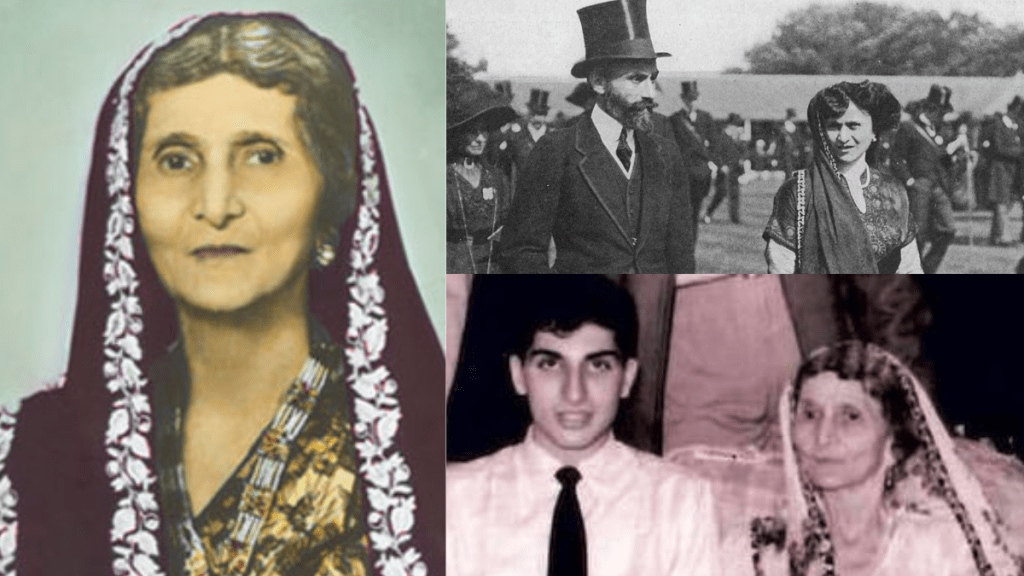The Tata Group started under the guidance of Jamsetji Nusserwanji Tata in 1868, and over decades it has emerged as the leading multinational conglomerate. A legacy, that is almost 200 years old, with Rs 21,000 capital, is now ruling the business world in almost 100 countries. The tale of Tata from its humble beginnings to emerging as an industry leader is truly inspiring. The Group has been led by members of the family for decades and it was in 1925 when Tata Sons had its first female Director, Navajbai Sett. After the demise of her husband, Ratanji Tata, Navajbai held the helm of the business and spearheaded it till 1965.
The early life of Navajbai Sett
Ratanji Tata, the younger sibling of Dorabji Tata and the son of Jamsetji Tata, wed Navajbai Sett, the younger daughter of Ardeshir Merwanji Sett, in 1892. After tying the knot, they moved to England in 1915 and adopted Naval Tata. In 1918, the demise of Ratanji Tata left the family in distress, and in 1925, Navajbai decided to take over as the Director of Tata Sons and was the first female to do so. She is the paternal grandmother of Ratan Tata.
The duo shared a vibrant and fulfilling married life, spending time in England where they acquired York House in Twickenham, the stunning rural home of the Duke of Orleans. Their circle consisted of the elite clans in the UK, where they socialised with the elite of British society and the aristocracy and were close friends of King George V and Queen Mary.
Navajbai Sett’s contribution to society
Several of the homes that Navajbai received from Ratanji were also donated to charities during her lifetime. In 1926, Navajbai founded an institute in honour of Ratanji because she was deeply concerned about the fate of elderly and underprivileged Parsi women. The institute’s goal was to give disadvantaged women in the neighbourhood a means of subsistence via meaningful employment. This eventually developed into the famed Ratan Tata Institute (RTI) that we are familiar with today, which was one of Bombay’s better-known patisseries. After her sympathy for the impoverished and oppressed grew, Navajbai was appointed chair of the Sir Ratan Tata Trust in 1932.
Ratanji and Lady Navajbai were collectors of great art who travelled extensively and amassed a priceless collection of jade, paintings, and other objects. They intended to use this collection to embellish their opulent new home, which Ratan was building in Bombay in the style of Versailles’ summer palace. Sadly, he did not live to see his new house, and Navajbai, who had just turned 41 and had become a widow, was left to take care of his estate. She transferred his art collection to the Prince of Wales Museum in Bombay while simultaneously selling York House, which is now home to the Twickenham Urban District Council. She eventually took charge of finishing the home in Bombay, which we know today as the Tata House. Navajbai spent the rest of her remaining years at this house.
As of July 2023, the 29 publicly traded Tata Group firms had a total market value of $ 24 trillion, and it is believed that this value surpassed $25 trillion in September 2023, as per CNBC TV18 reports.








